New report highlights 20 years of economic and environmental benefits from crop biotechnology
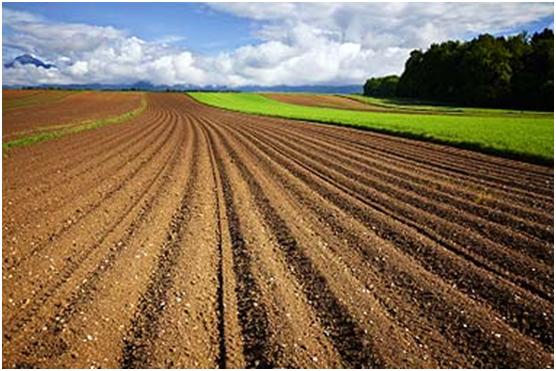 |
| Crop biotechnology has significantly reduced agriculture’s greenhouse gas emissions by helping farmers adopt more sustainable practices such as reduced tillage |
| RELATED CONTENTS: | |
| GMO controversy: communication is key | |
| 107 Nobel laureates sign letter blasting Greenpeace over GMOs | |
The innovative agricultural technology has contributed to preserving the earth’s natural resources while allowing farmers to grow more, high quality crops. It has also helped alleviate poverty for 16.5 million, mostly smallholder farmers, in developing countries.
“Over the last 20 years, where farmers have been given access to, and the choice of growing biotech/GM crops, they have consistently adopted the technology, contributing to a more sustainable food supply and a better environment where they live,” said Graham Brookes, director of PG Economics, co-author of the report.
Highlights in the peer-reviewed report include the finding that crop biotechnology has reduced agriculture’s environmental impact.
Crop biotechnology has significantly reduced agriculture’s greenhouse gas emissions by helping farmers adopt more sustainable practices such as reduced tillage, which decreases the burning of fossil fuels and retains more carbon in the soil. Had biotech crops not been grown in 2015, for example, an additional 26.7 billion kilogrammes of carbon dioxide would have been emitted into the atmosphere, which is the equivalent of adding 11.9 million cars to the roads.
From 1996 to 2015, crop biotechnology reduced the spraying of crop protection products by 619 million kilogrammes, a global reduction of 8.1 per cent. This is equal to more than China’s total crop protection product use each year. As a result, farmers who grow biotech crops have reduced the environmental impact associated with their crop protection practices by 18.6 per cent.
Crop biotechnology has reduced pressure to use new land in agriculture and contributed to global food security
Biotech crops allow farmers to grow more without needing to use additional land. For example, if crop biotechnology had not been available to farmers in 2015, maintaining global production levels that year would have required the planting of an additional 8.4 million hectares of soybeans, 7.4 million ha of corn, 3 million ha of cotton and 0.7 million ha of canola. This is equivalent to needing an additional 11 per cent of the arable land in the US, or roughly 31 per cent of the arable land in Brazil or 13 per cent of the cropping area in China.
In addition, crop biotechnology enables farmers to increase crop yields. Insect resistant (IR) crop technology used in cotton and corn has consistently improved yields by reducing the damage caused by pests.
From 1996 to 2015, across all users of this technology, yields have increased by an average of 13.1 per cent for IR corn and 15 per cent for IR cotton relative to conventional production systems. Farmers who grow IR soybeans commercially in South America have seen an average 9.6 per cent increase in yields since 2013.
In some countries, herbicide tolerant (HT) technology has improved yields through better weed control. For example, in Bolivia, HT soybeans increased yields by 15 per cent. In Argentina, HT technology has helped farmers grow an additional soybean crop after wheat in the same growing season.
Biotech farmers in developing countries, many of whom are resource-poor and farm small plots of land, continue to see the highest yield gains from using the technology.
Over 20 years, crop biotechnology has been responsible for the additional production of 180.3 million tonnes of soybeans, 357.7 million tonnes of corn, 25.2 million tonnes of cotton lint and 10.6 million tonnes of canola.
Moreover, crop biotechnology supports improved livelihoods, especially for poor, smallholder farmers in developing countries.
By better controlling pests and weeds, crop biotechnology helps farmers increase their yields, which leads to higher incomes and better lives for themselves and their families. In 2015, the net farm level economic benefit was $15.5 billion, equal to an average increase in income of $90 per hectare. From 1996 to 2015, the net global farm income benefit was $167.7 billion.
Last but not least, crop biotechnology also contributes to global economic success. Crop biotechnology continues to be a good investment for millions of farmers. In 2015, for each extra dollar invested in biotech crop seeds globally, farmers netted an average $3.45.
In 2015, farmers in developing countries received $5.15 for each extra dollar invested in biotech crop seeds, whereas farmers in developed countries received $2.76 for each extra dollar invested in biotech crop seeds.
What the stars mean:
★ Poor ★ ★ Promising ★★★ Good ★★★★ Very good ★★★★★ Exceptional
Latest News
More News
- Dragon Capital Vietnam helps research Ca Mau Mangroves and Pu Mat National Park (November 22, 2022 | 13:46)
- Vietnam promotes sustainable agriculture (July 26, 2022 | 10:30)
- Mekong Delta Resilient Business Network officially debuts (May 09, 2022 | 09:07)
- Vietnam approves development scheme for seafood processing in 2021-2030 (August 18, 2021 | 16:45)
- Vietnam and Norway strengthen cooperation in marine aquaculture industry (May 22, 2021 | 16:24)
- HCM City develops support industry (March 12, 2018 | 15:25)
- Dekalb Vietnam delivers spring warmth to Son La farmers (February 05, 2018 | 16:26)
- Monsanto’s answer to Vietnam’s burgeoning nutrition demand (November 07, 2017 | 16:22)
- Dekalb Vietnam: four years of fostering talent (October 29, 2017 | 21:34)
- GM corn: the future of global farming 1 (September 14, 2017 | 16:04)

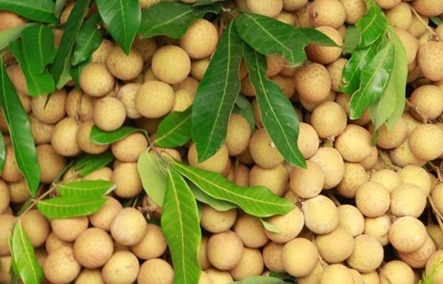
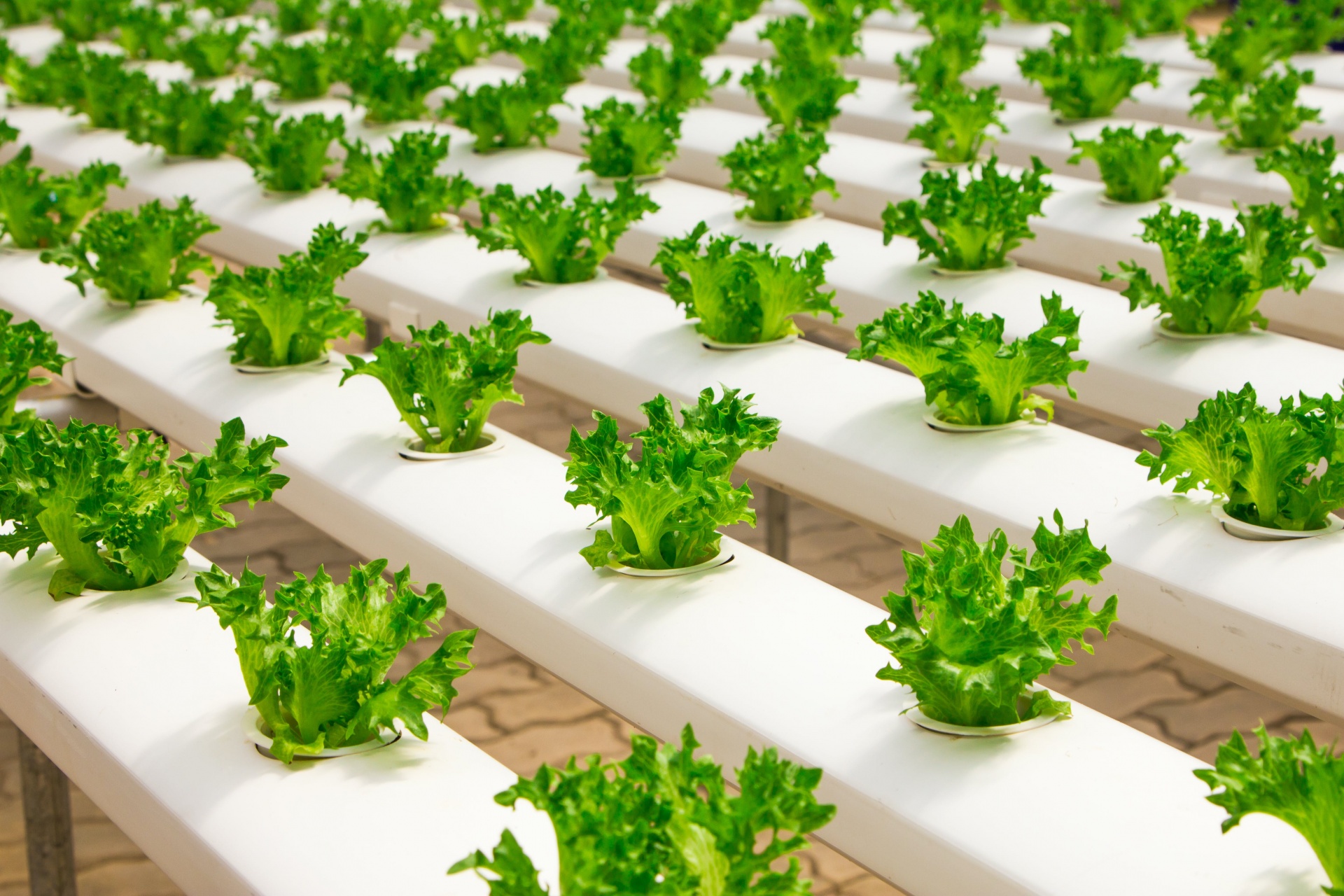
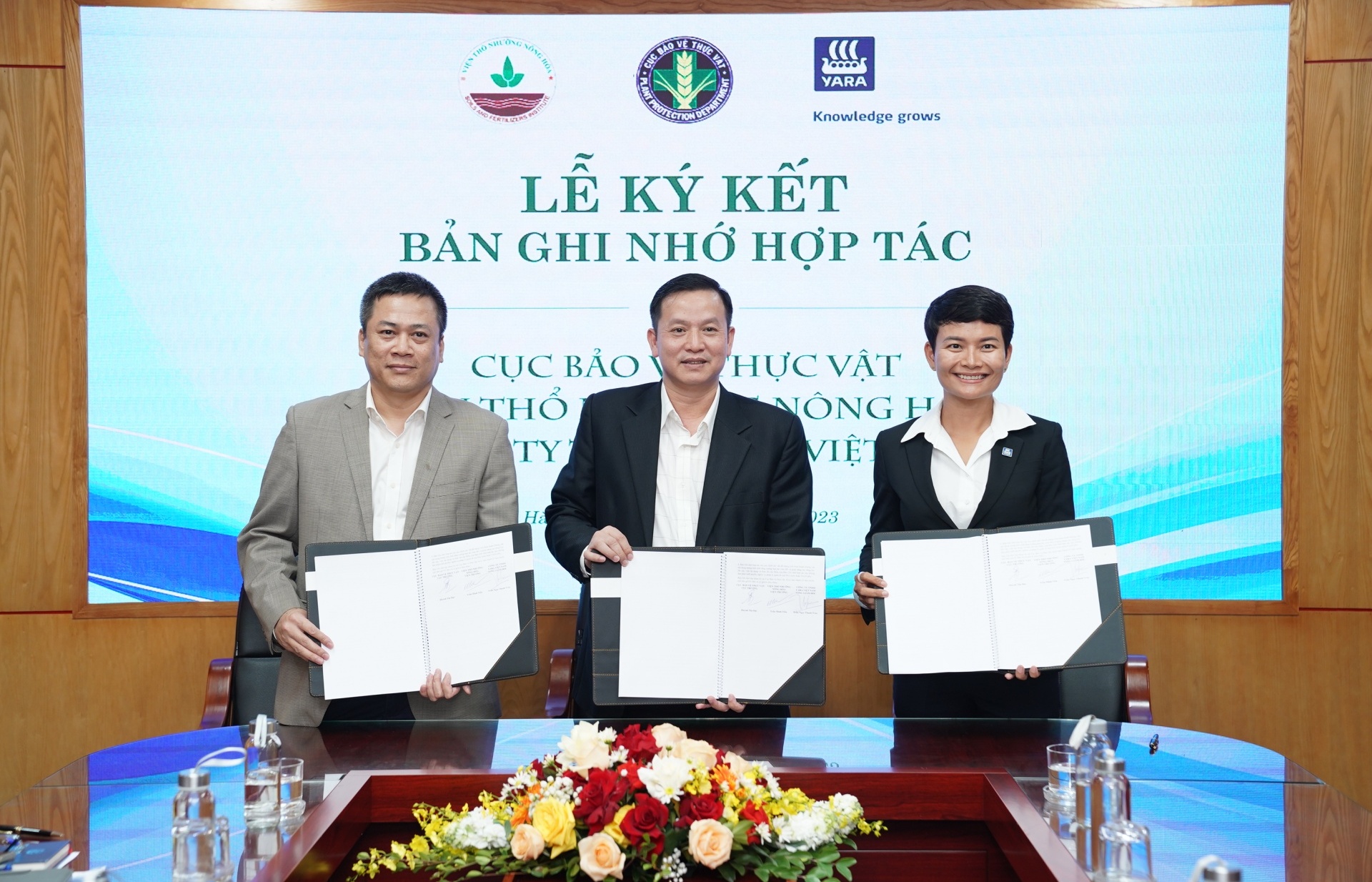
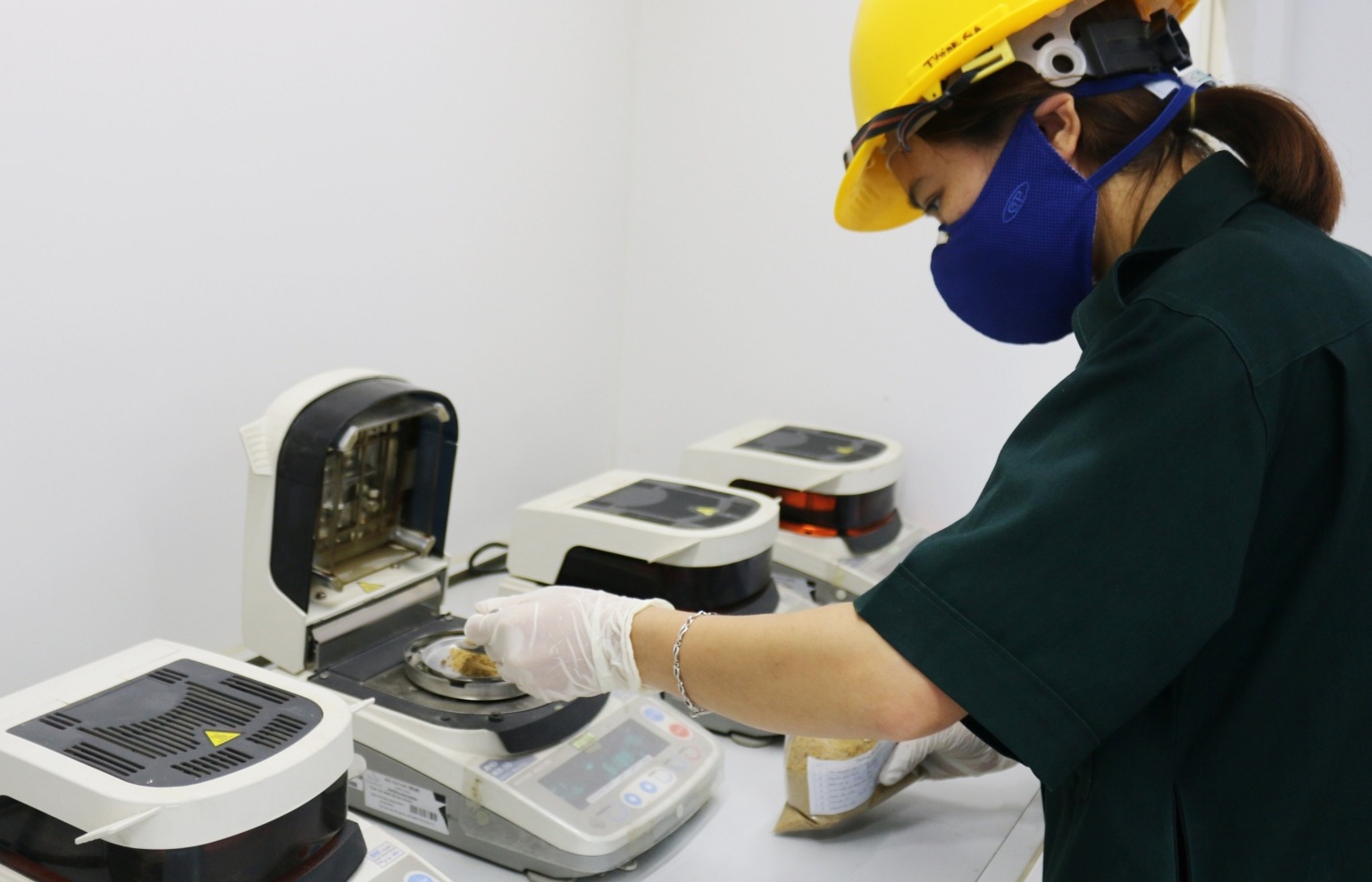




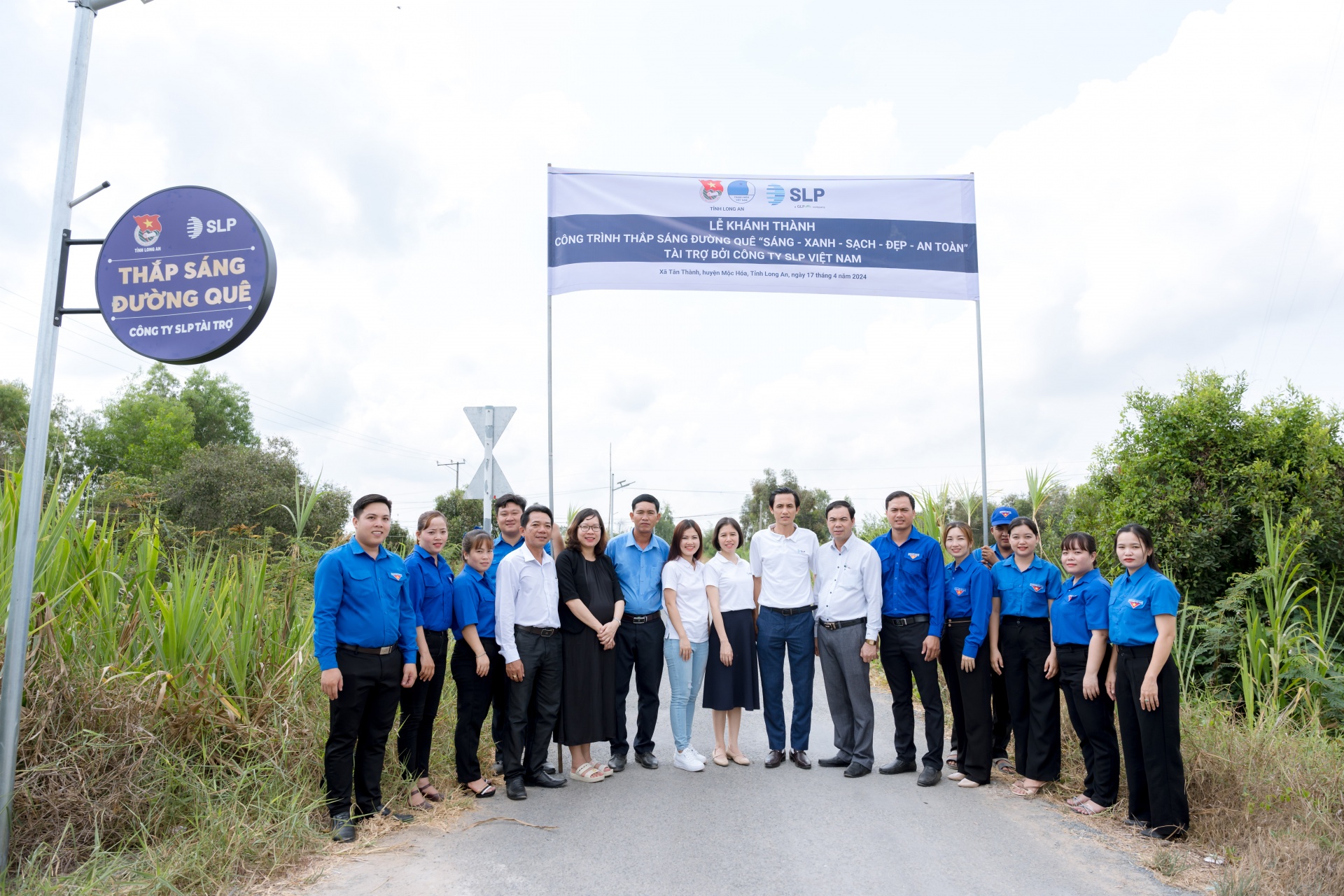
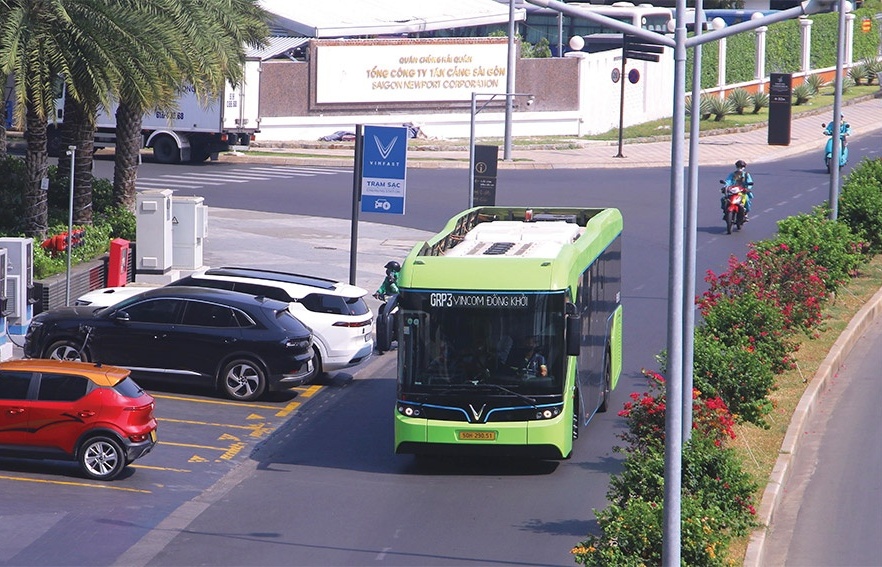





 Mobile Version
Mobile Version